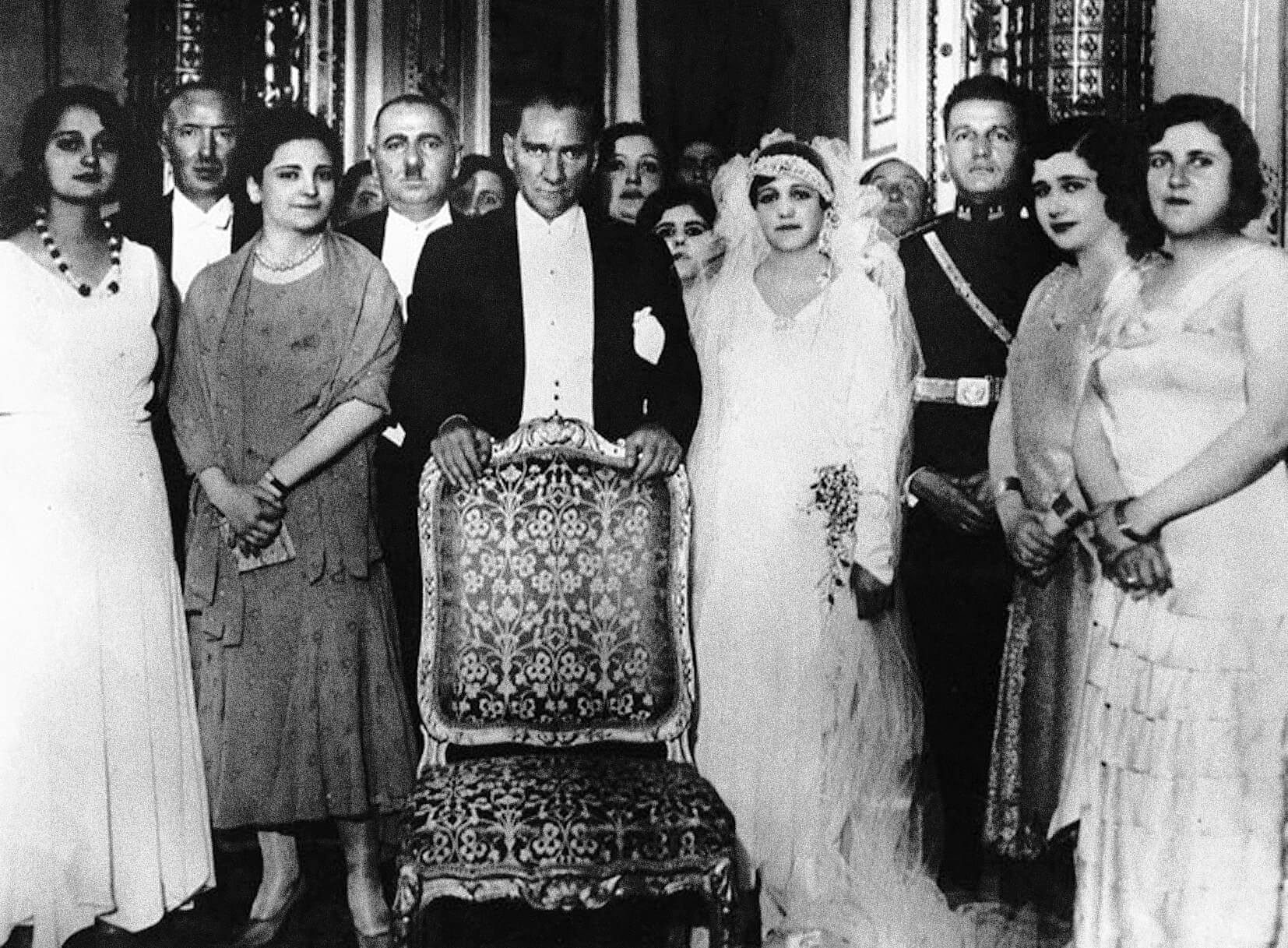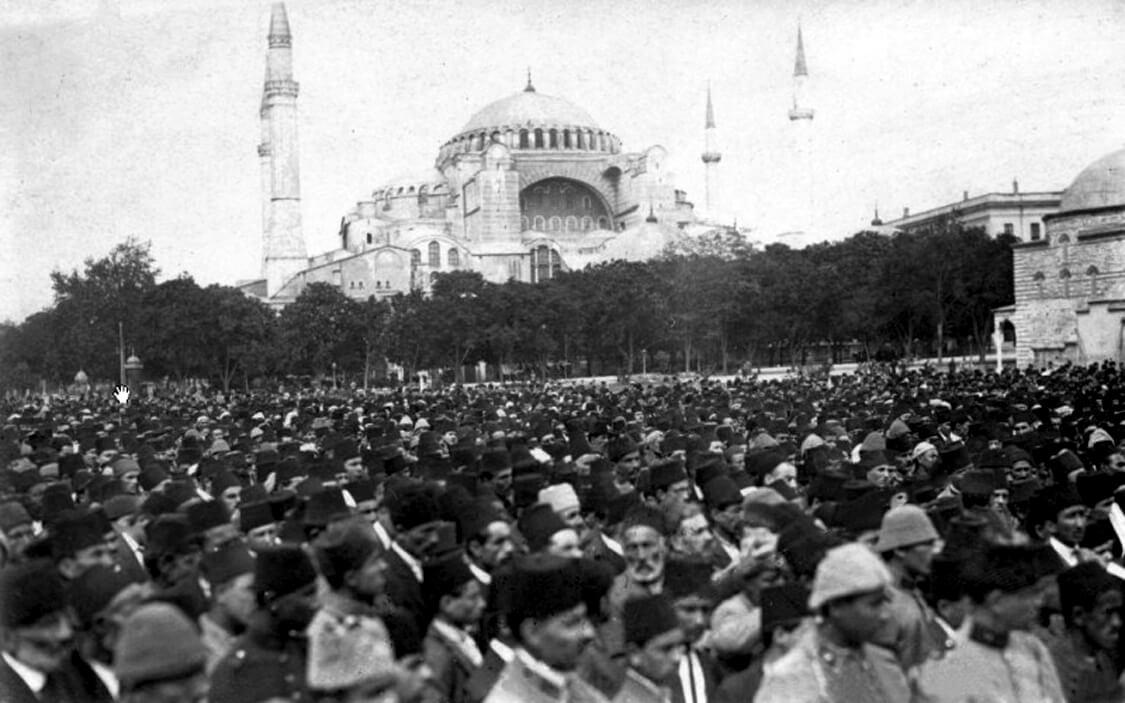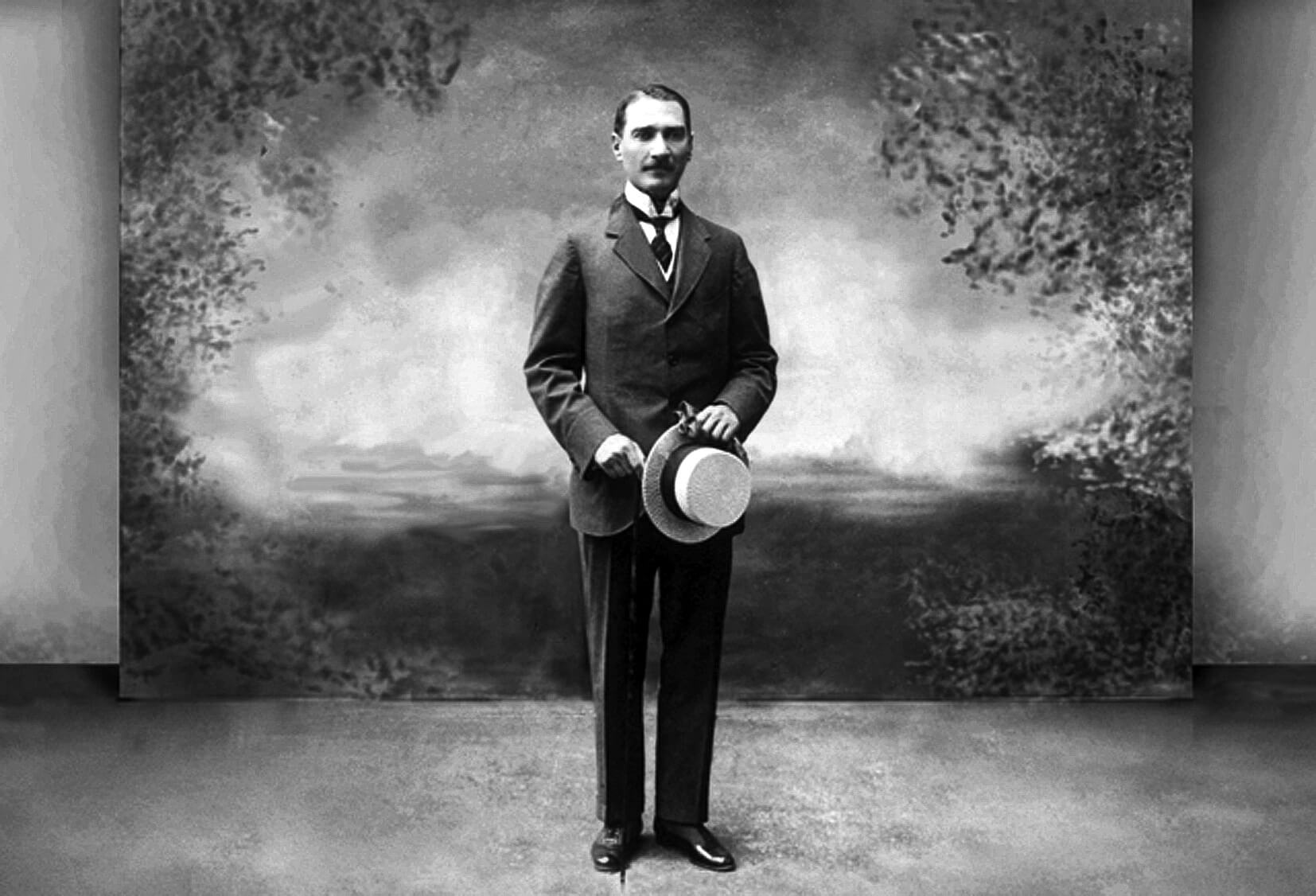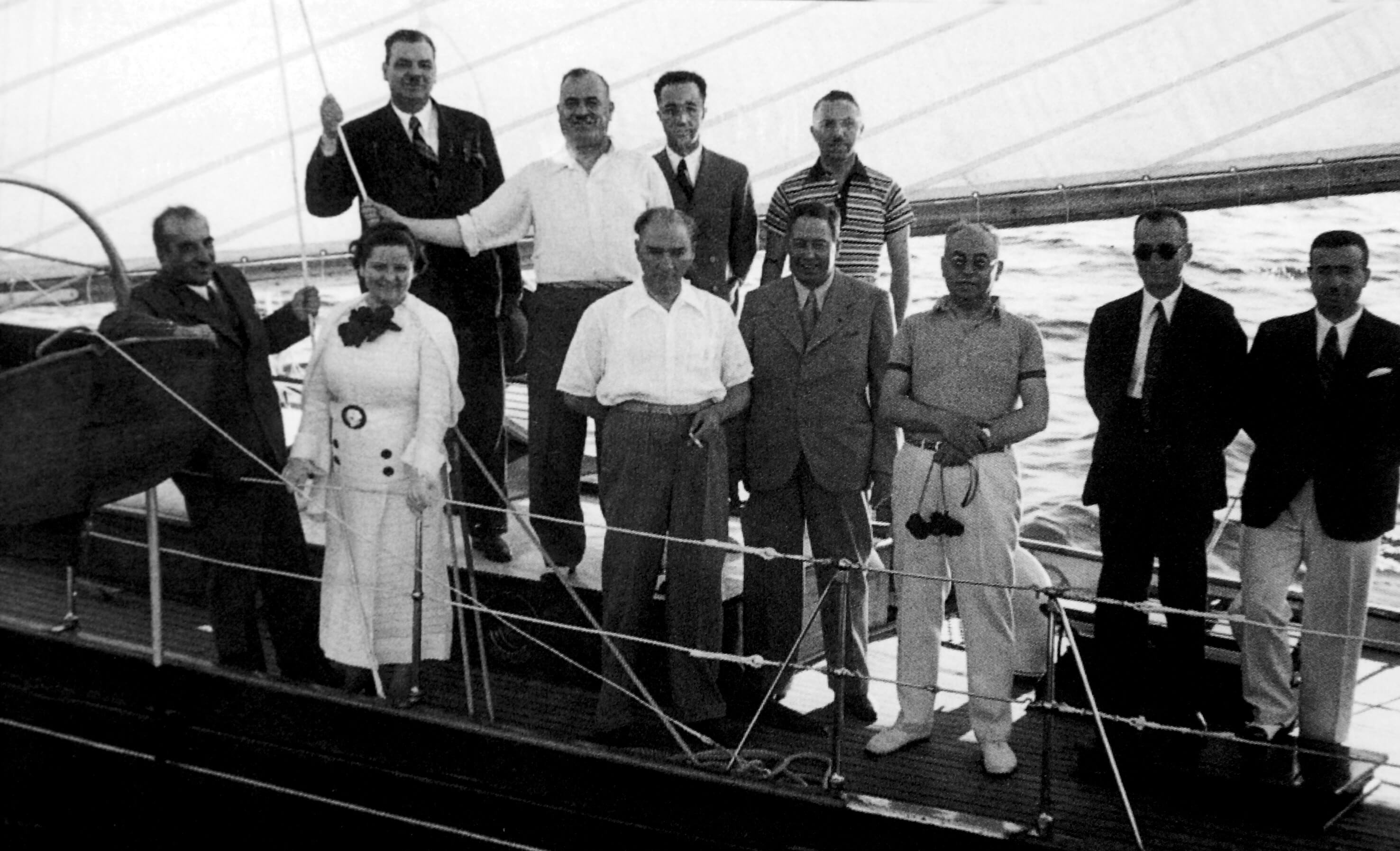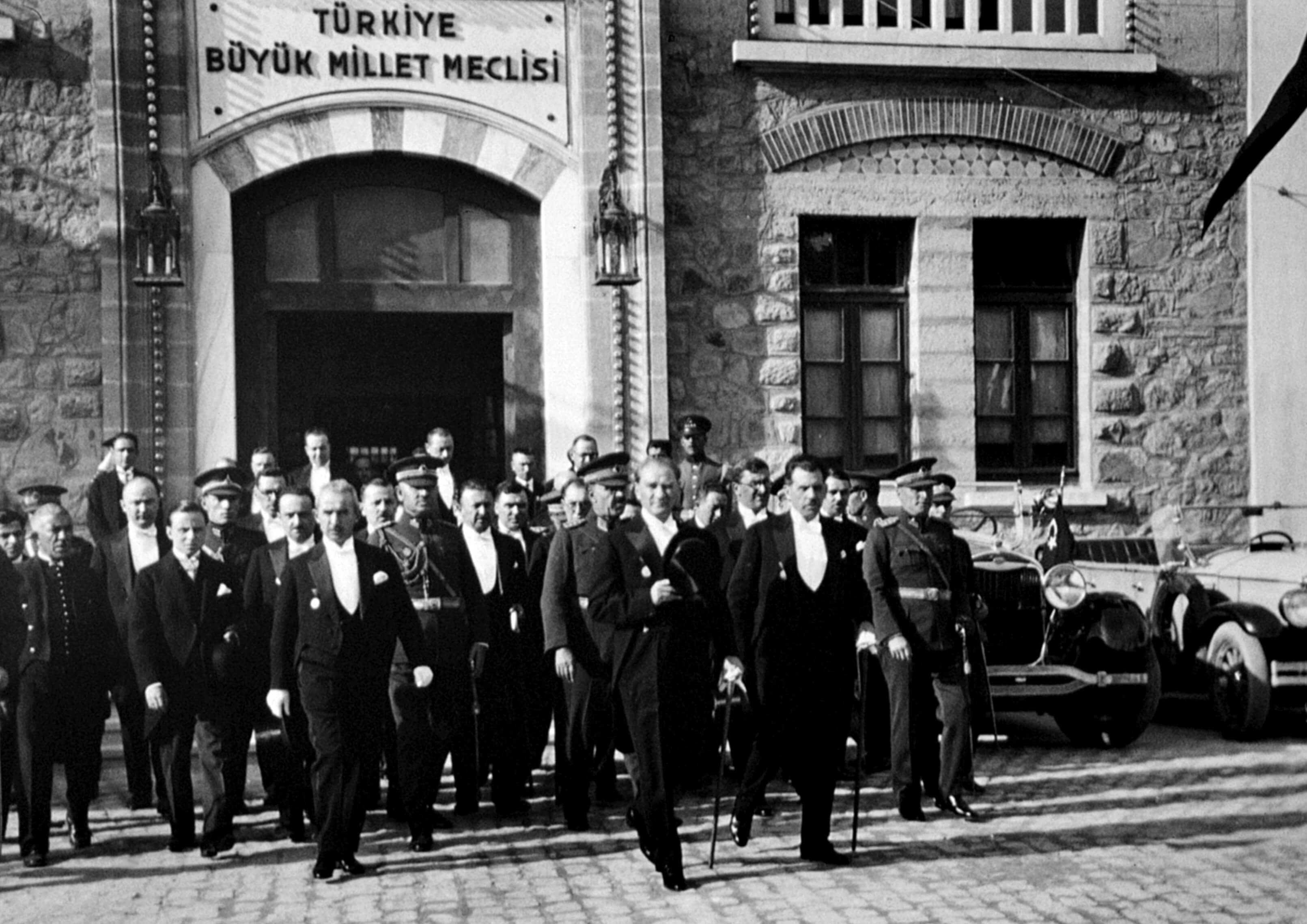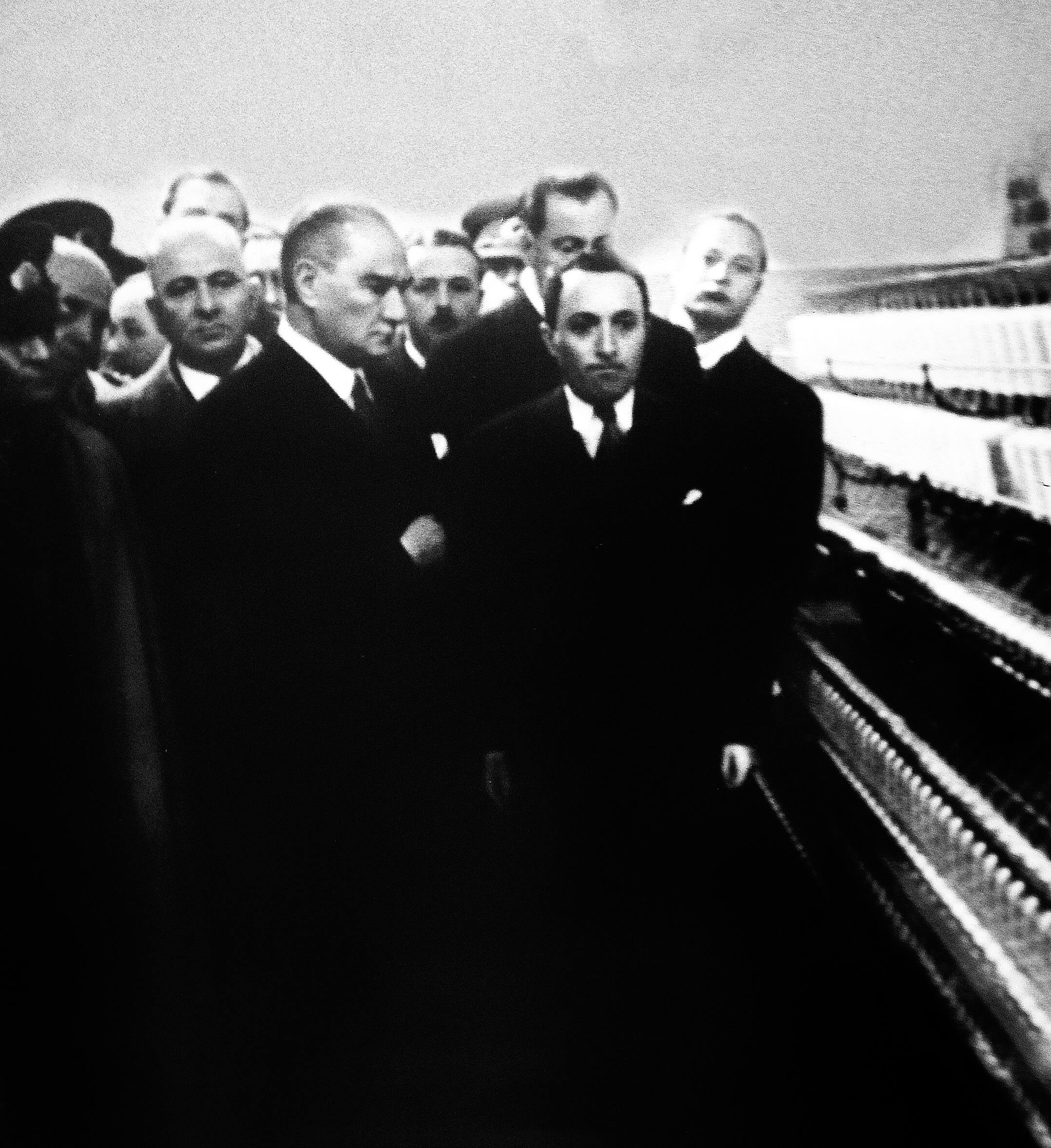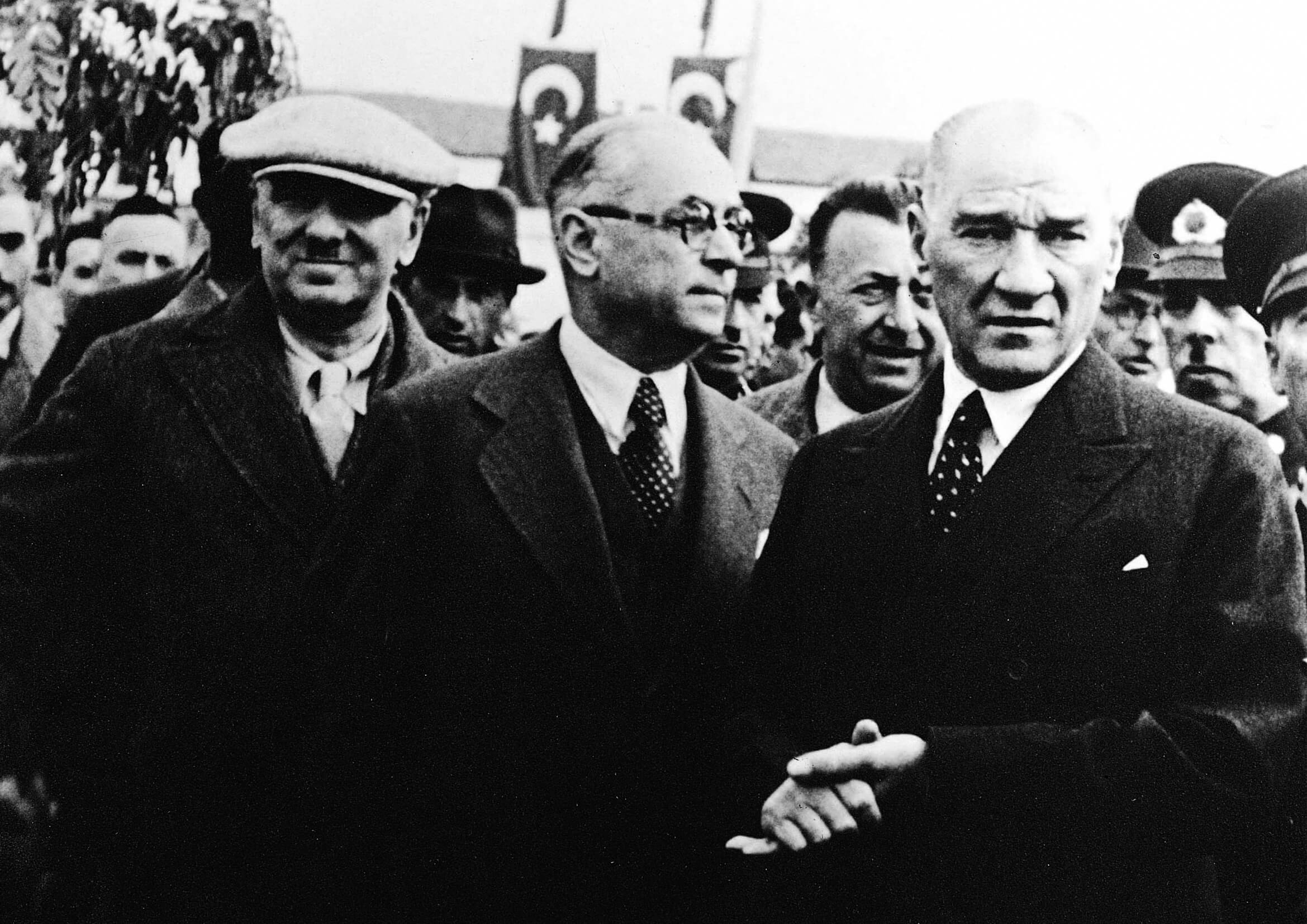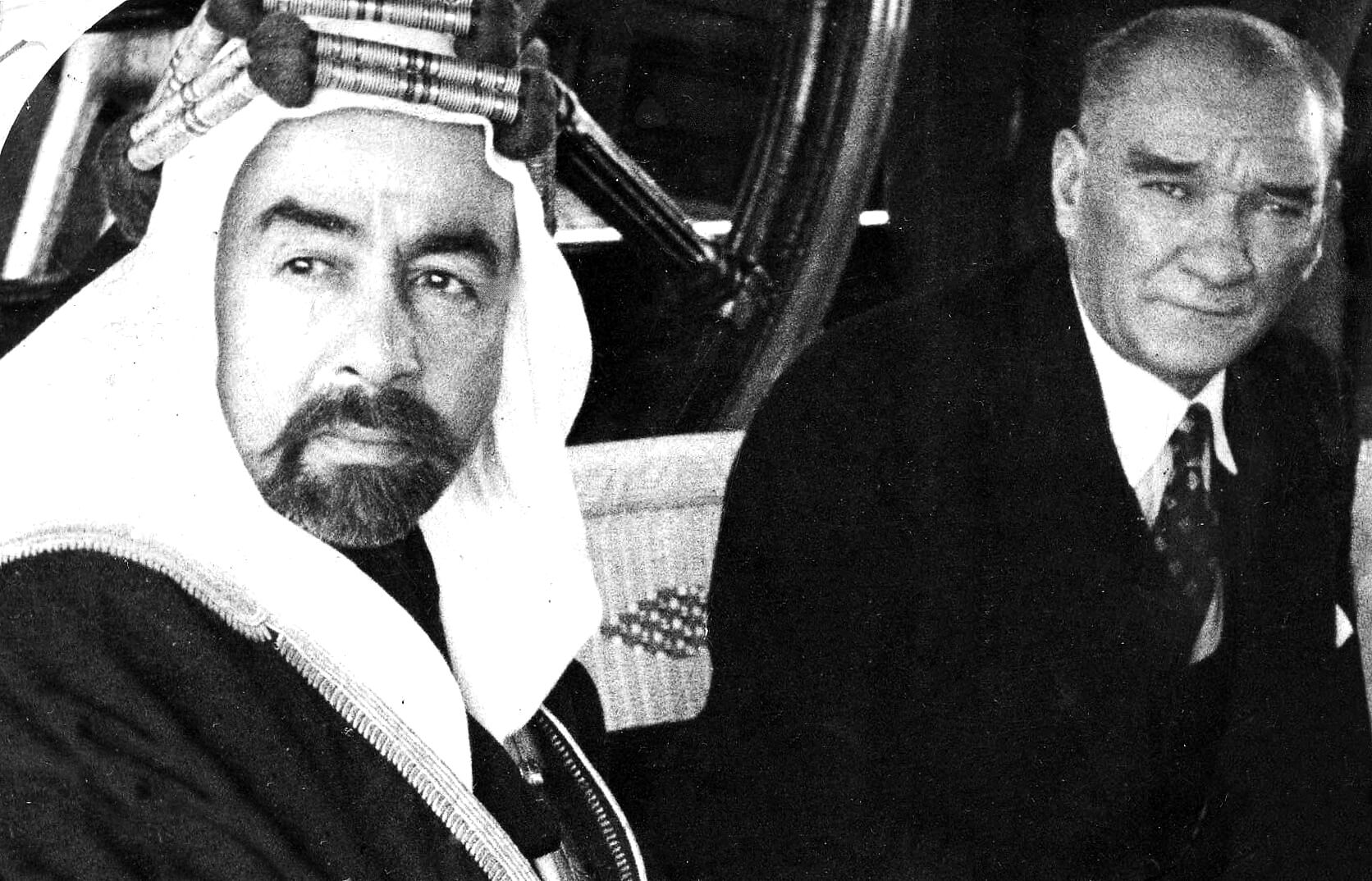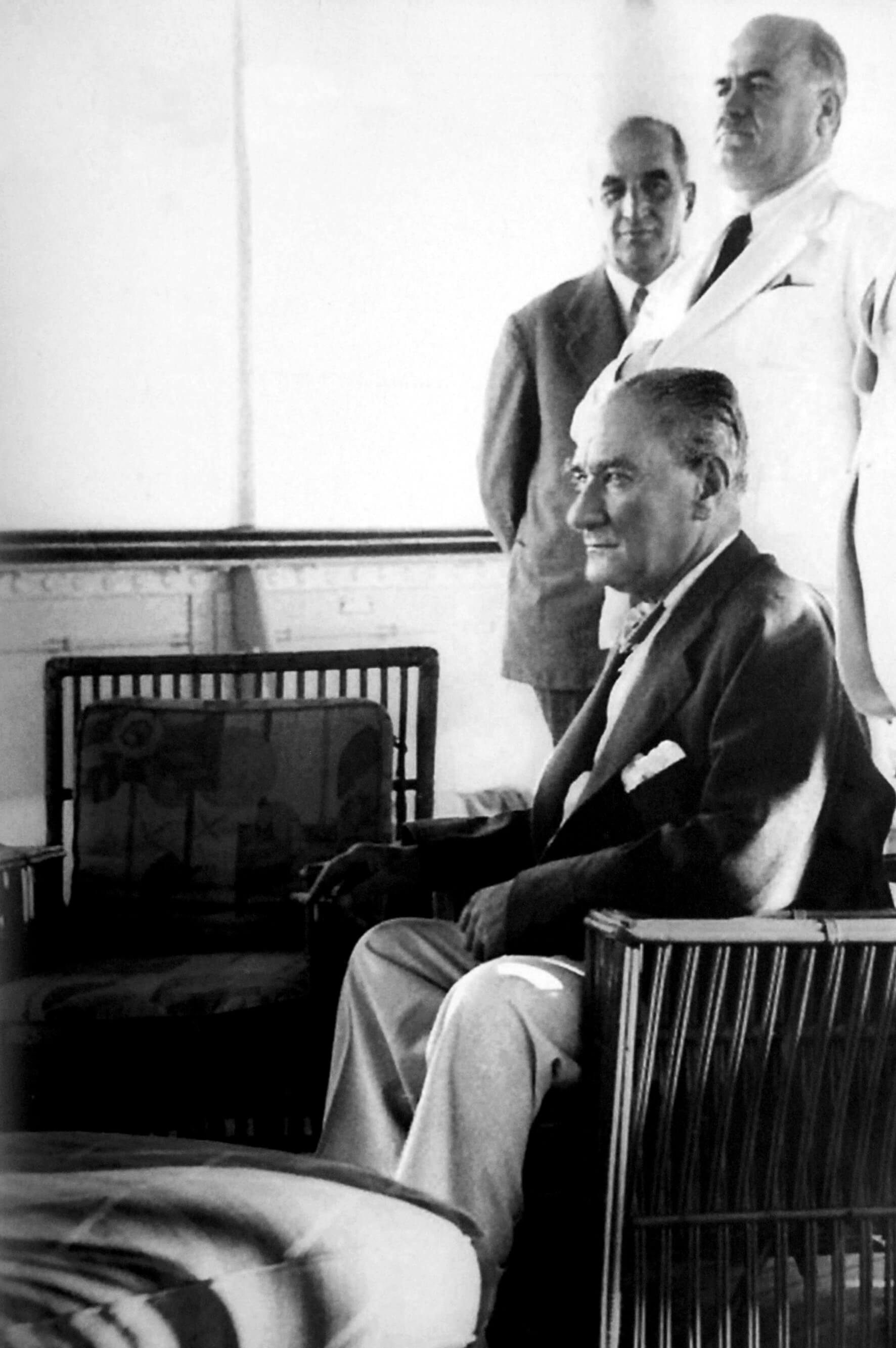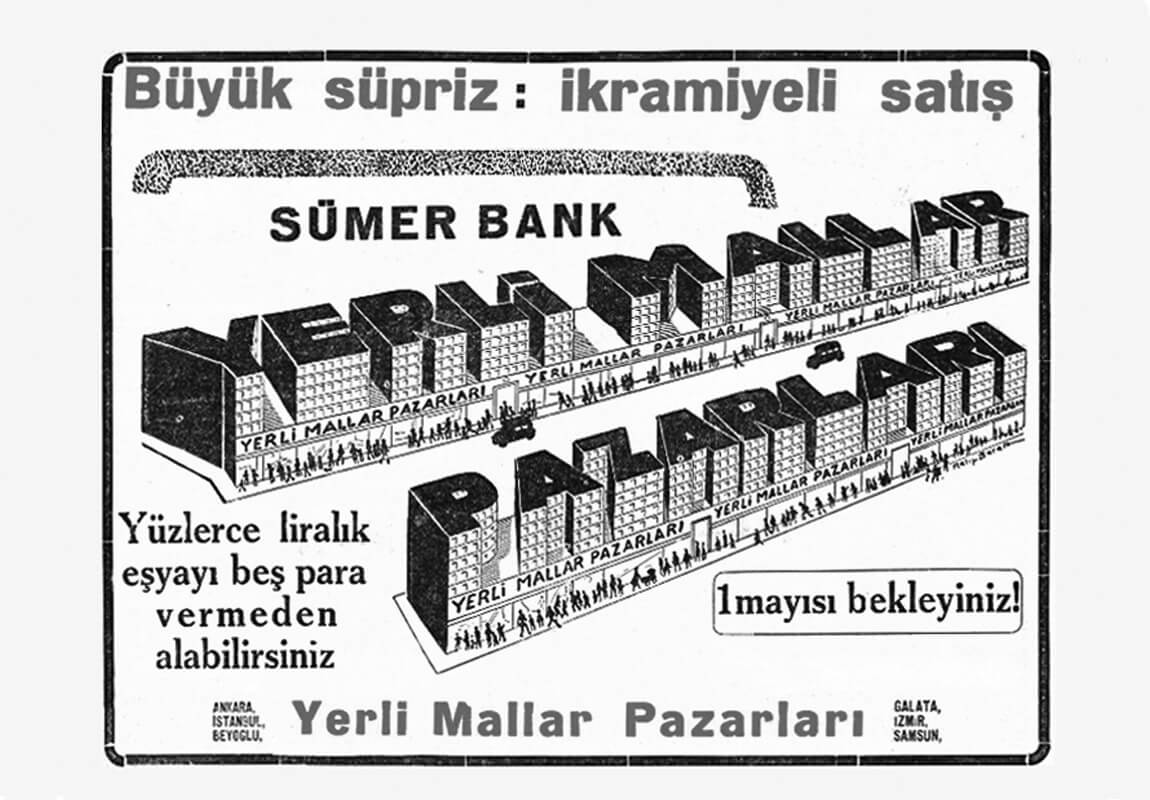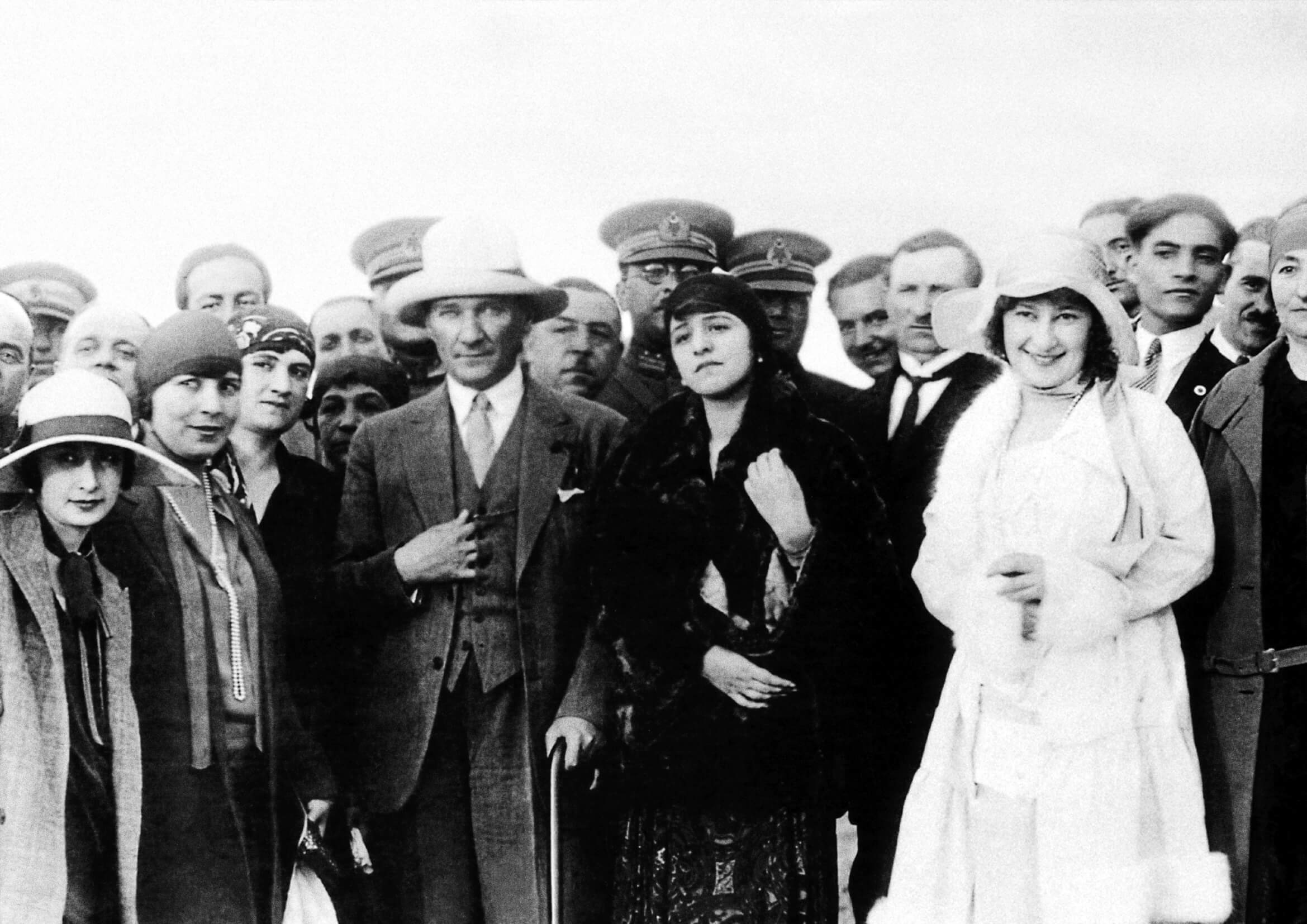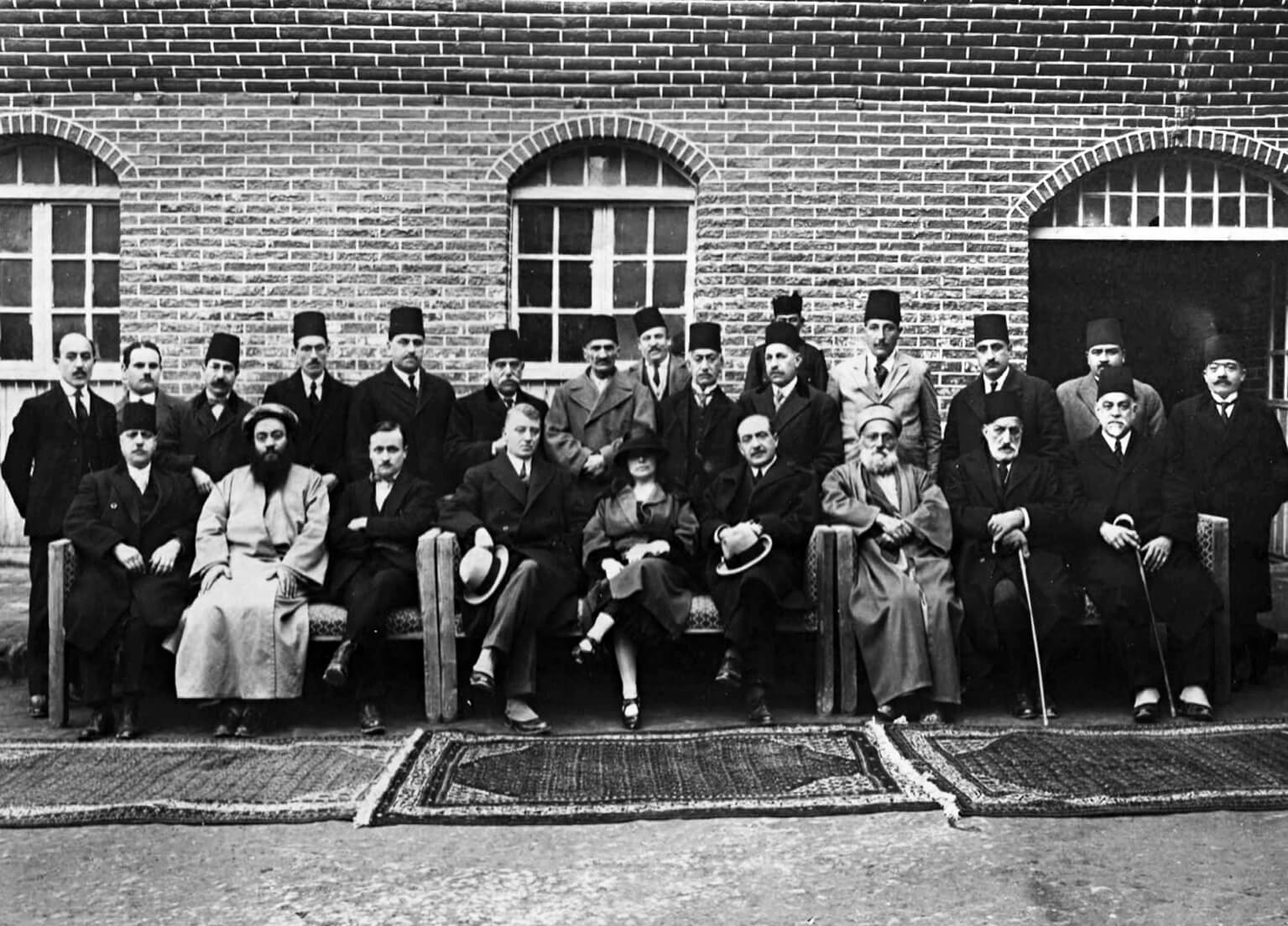- 24 Eyl 2016
- 2,547
- 14
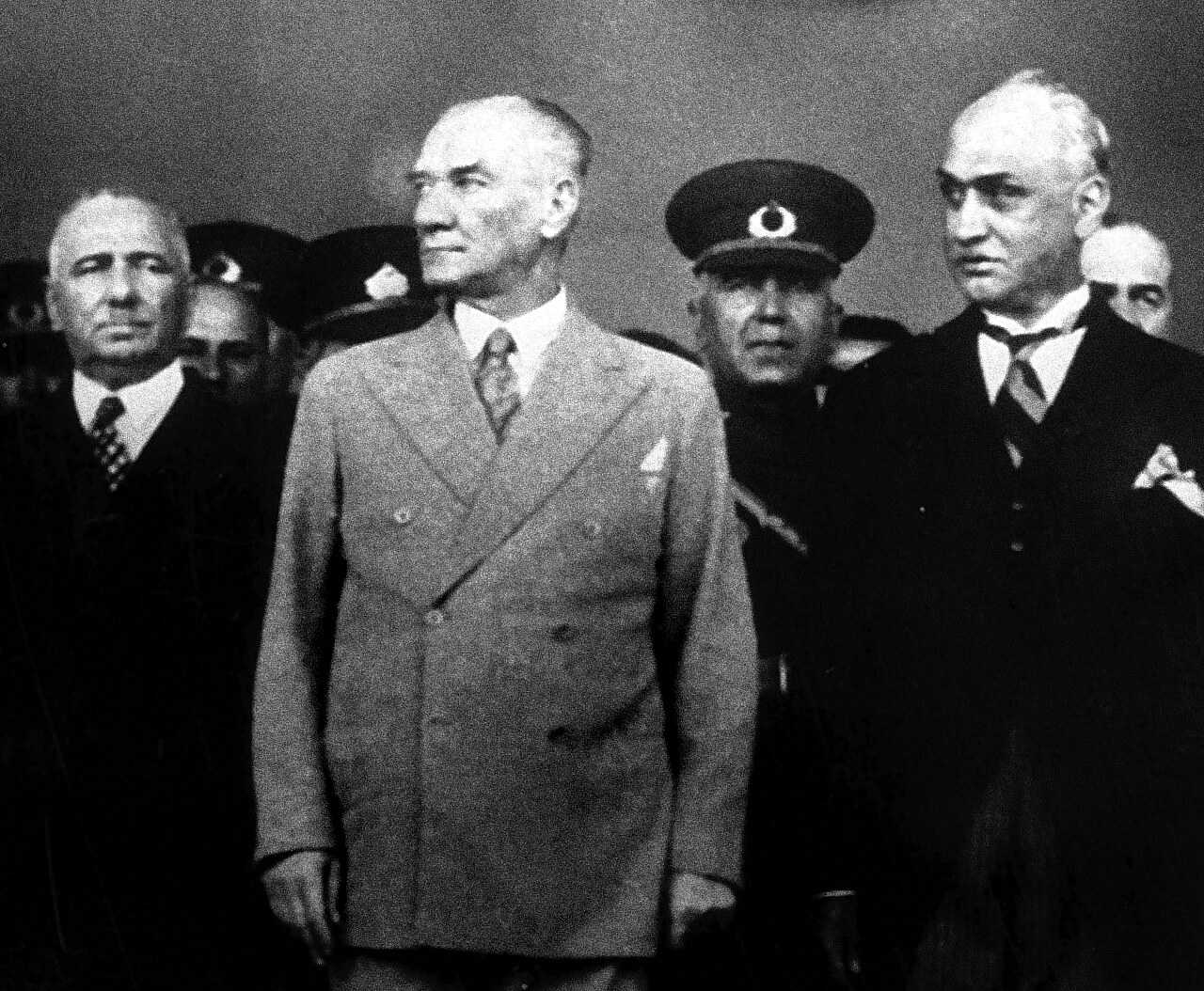
Atatürk visits the ruins of Viranşehir
21.05.1938
Despite his health problems, Atatürk was worried about the unresolved status of Hatay and was only barely able to stay still. He believed that making the information about his health would have an adverse effect on the solution of the problem and wanted it to be kept secret; finally, he decided to go to Mersin and Adana in May 1938 to examine the situation. Doctors vehemently opposed this trip, but as Celal Bayar, the prime minister of the period, said, it was impossible to change his mind for those who knew that Atatürk carried on for 22 days and 22 nights with three broken ribs during the Battle of Sakarya, the life-or-death battle for Turks. Atatürk started his trip, which the doctors would later say subtracted years from his life, on May 19, 1938. Ghazi reached Mersin by train on May 20, watching the parade in his honor on foot and spending the night at the mansion of the governor. Atatürk showed great interest in the various problems of the city, and on May 21, he decided to visit the ruins of Viranşehir by the sea, 14 km to the west of Mersin this would give him some respite, and he had always been curious about history. Known as Viranşehir, the ancient city of Soloi had been built by colonialists from Rhodes in the 7th century BC. A prominent port city during the Persian period, it had been rebuilt after coming under Roman rule, and its name had been changed to Pompeiopolis. The city was totally destroyed during the great earthquake of 527, and since that time it remained deserted; the name Viranşehir meant destroyed city. Atatürk stayed in Mersin until May 24, at which date he went to Adana by train, returning to Ankara the following day.




